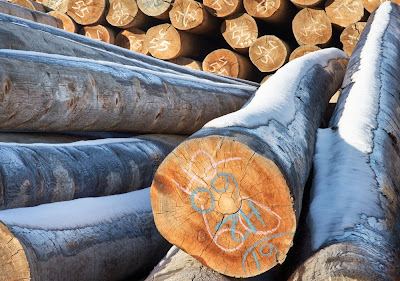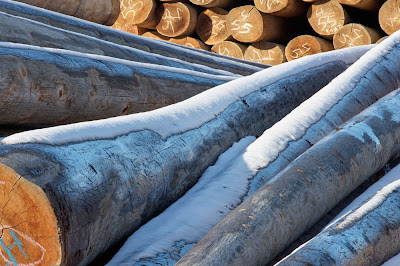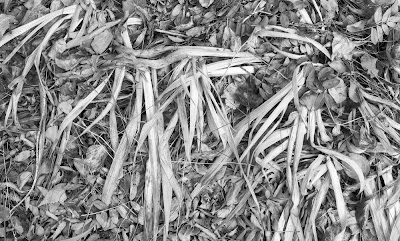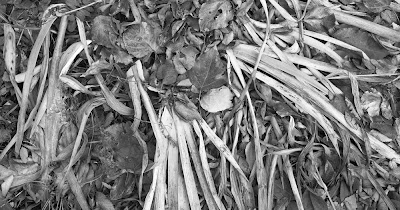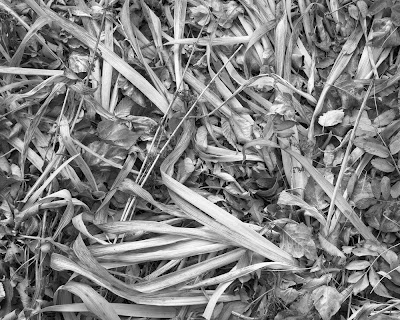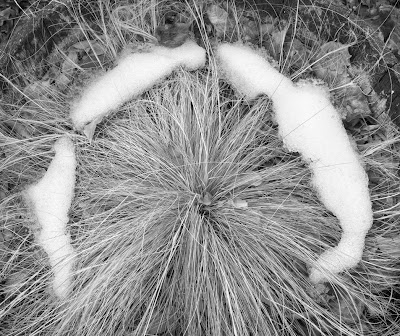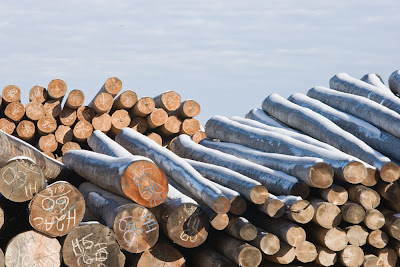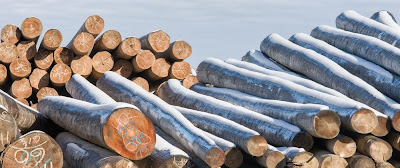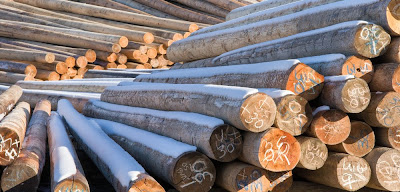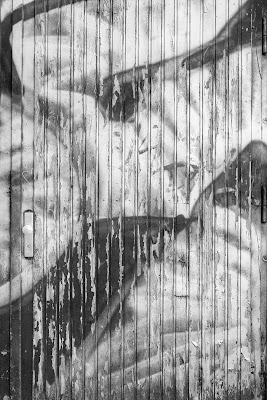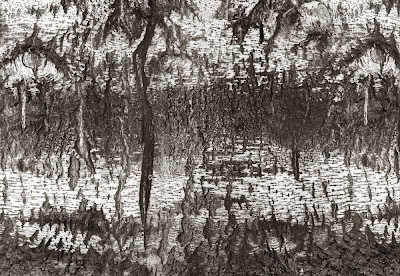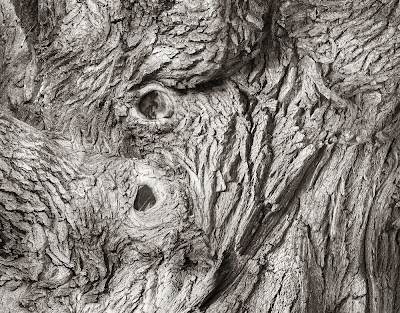I was asked:
I would be interested in defining what "better educated" means. Are we talking art history classes, more time at museums, more time just looking at other photographers work?.
The obvious answer is all of the above but I thought I'd give some thought to just how and where one can improve one's "education" Of course I'm not talking about going to school, though if you have the time or are young, that's not unreasonable too - especially a fine art photography programme as opposed to a commercial photography bias.
a) Books
Books can be of or about photography. Firstly books of photographs. If you don't own 100 books of photographs then you aren't educated. OK, maybe you can get them from the library but you need ready access to lots of images that others consider among the best.
The following list is highly biased to my interests in black and white and landscape but hey, it's my blog, not yours, so take it for what it's worth - oh and it's also biased to who has been recommended to me by English speaking north americans for the most part, so it's a bit isolationist. Feel free to add names from your neck of the woods. But with that said, I'd recommend any library at least include the following:
Edward Weston
Brett Weston
Paul Strand
Ansel Adams
Michael Kenna
Huntington Witherill
Ryuijie
David Plowden
Andre Kertesz
Henri Cartier Bresson
Bruce Barnbaum or John Sexton
Joel Myerowitz
and I'm absolutely sure I have missed many great photographers, but it's somewhere to start.
Books On Photography
well of course you have to start with my book (hey, I did say it's my blog) so
Take Your Photography To The Next Level
I highly recommend the books of Freeman Patterson
I have not read but understand that the books by Michael Freeman and Bryan Peterson are considered good.
The classic Looking At Photographs by John Szarkowski is considered a classic although I find it spends sig. time on alternative processes. The Photographer's Eye is a classic also by Szarkowski though is just images.
I highly recommend Art And Fear
On Being A Photographer - Hurn and Jay - essential for anyone who dreams of becoming a pro
The Photograph: Composition and Colour Design by Harold Mante I recommend with reservations - the images are great and laid out in a sequence which can teach you a lot about colour and design however the text is philosophical, difficult to read and not very practical - if you like reading philosophy books then... But the images are good enough on their own that I can still recommend the book and predict you will learn from it.
Magazines
Lenswork - and I'd highly recommend you invest in as many back issues as you can afford. Alternatively you can get all on a CD.
Black and White
Black and White Photography (U.K.)
Phot'Art
Silvershotz
Workshops
Not all great photographers can really teach you to see better. Freeman Patterson is one. Craig Tanner who used to do Radiant Vista is another. Do remember that the field sessions in most workshops are fun but not especially educational while the lectures in many are basic and often covered in the writings of the photographers doing the teaching - for those too lazy to read the book, this is ideal, for the rest of us...
Sometimes art galleries offer workshops or clinics or simply lectures on photography. I took a photographic appreciation course which was fundamental to my growth as a photographer but I don't see courses like this listed very often.
Mentoring - going out shooting with a more experienced friend can be a good idea but of course depends on their generosity in sharing and their skills in communicating ideas.
Exercises - some books and magazines and websites offer exercises and assignments and even if you don't normally like photographing cabbages, you are likely to learn from the experience. I confess I tend to be too lazy to photograph things I don't particularly like but there's good evidence that they work if you are willing.
Gallery Visits - if a gallery is willing to show the work of a photographer, they are basically puting their reputation on the line and you would do well to study the images even if your first impression is that they are junk. In fact the more you dislike the images, the more it would be worth while talking to the curator of the show to find out what he or she sees in the images that you do not - you might just be surprised at how your own attitudes change.
Portfolio Reviews - in truth it is extremely difficult to provide meaningful feedback and direction to a photographer when reviewing their images. Feedback along the lines of "like it, don't like it..." are essentially useless. Advice about how I would have done it differently or if only that rock had been 10 feet to the right are almost as pointless. It takes skill and tact and experience and teaching ability to look at a series of images and formulate suggestions which will help the photograher move forward. Such talent is unfortunately uncommon (aren't most good things in life?). The only way to know is to do enough reviews that you begin to recognize the good ones from the bad, or at least to ask other photographers if their reviews actually changed anything. Sometimes all you need is a sense that you are heading in the right direction and to keep on trying - which doesn't in fact change anything, yet the message can be critical at times when you are full of doubt. That kind of feedback can be great but you need to know if in fact the person giving the advice is simply being nice or actually sees something in your images worth developing.
The above suggestions are based on personal experience or recommendations of others I respect but is very much incomplete. If you have personal experience of educational methods, books, etc. that have helped you, do add your comments below.



